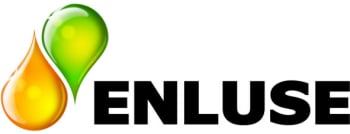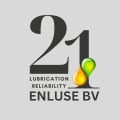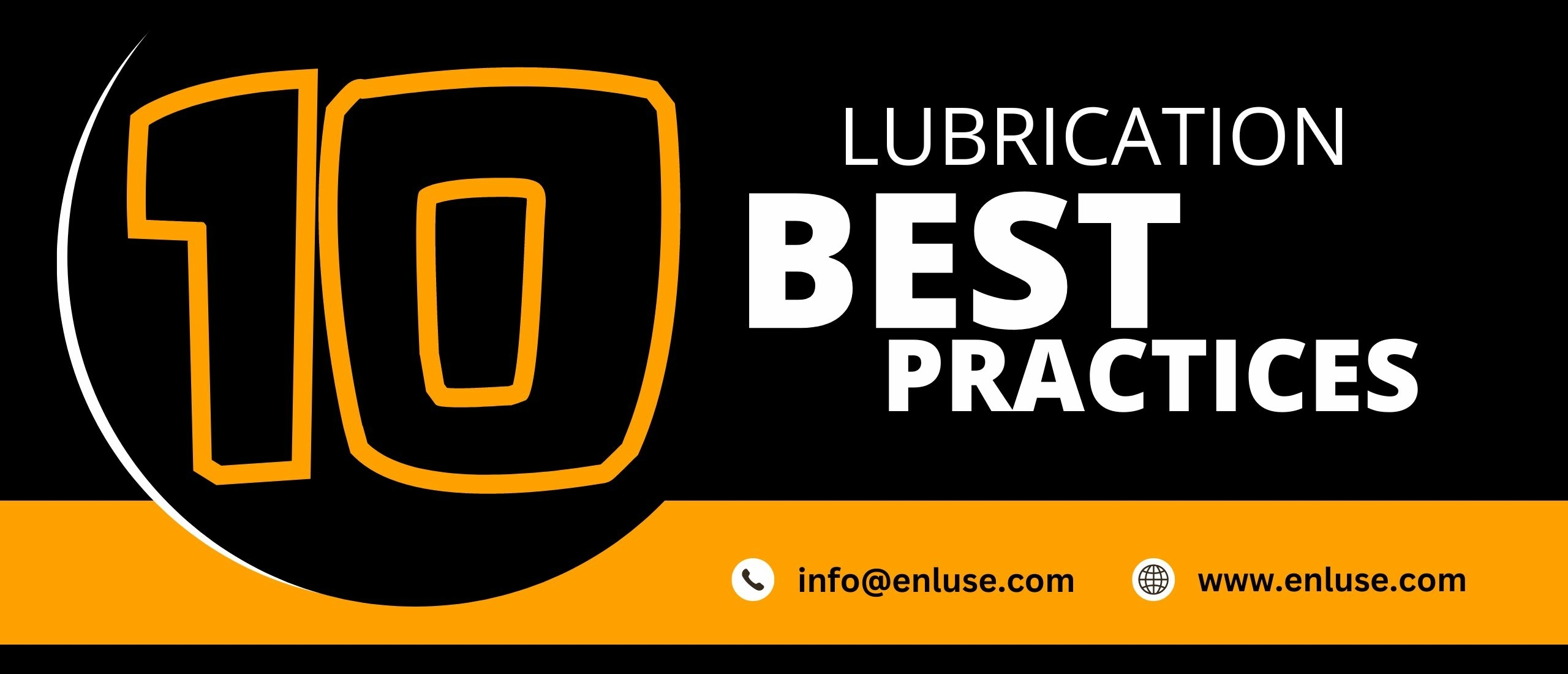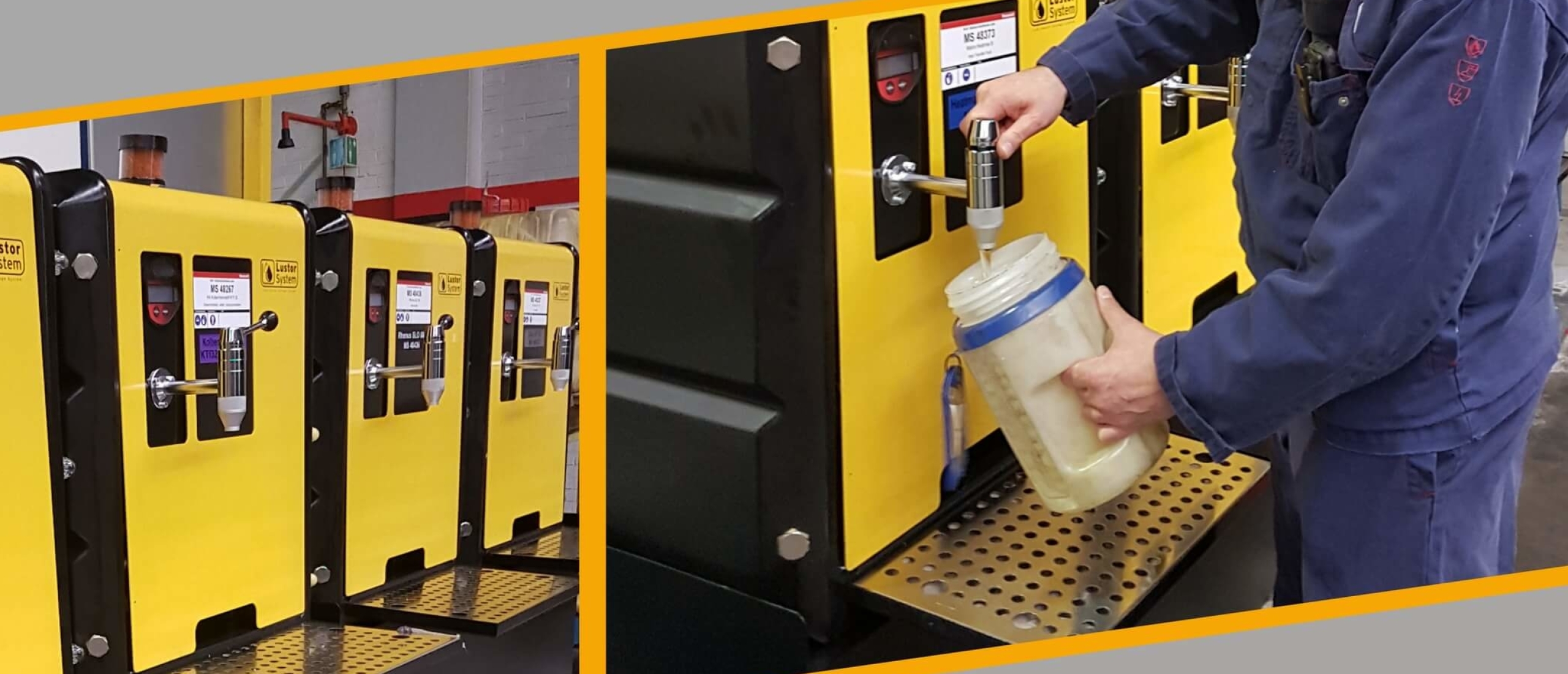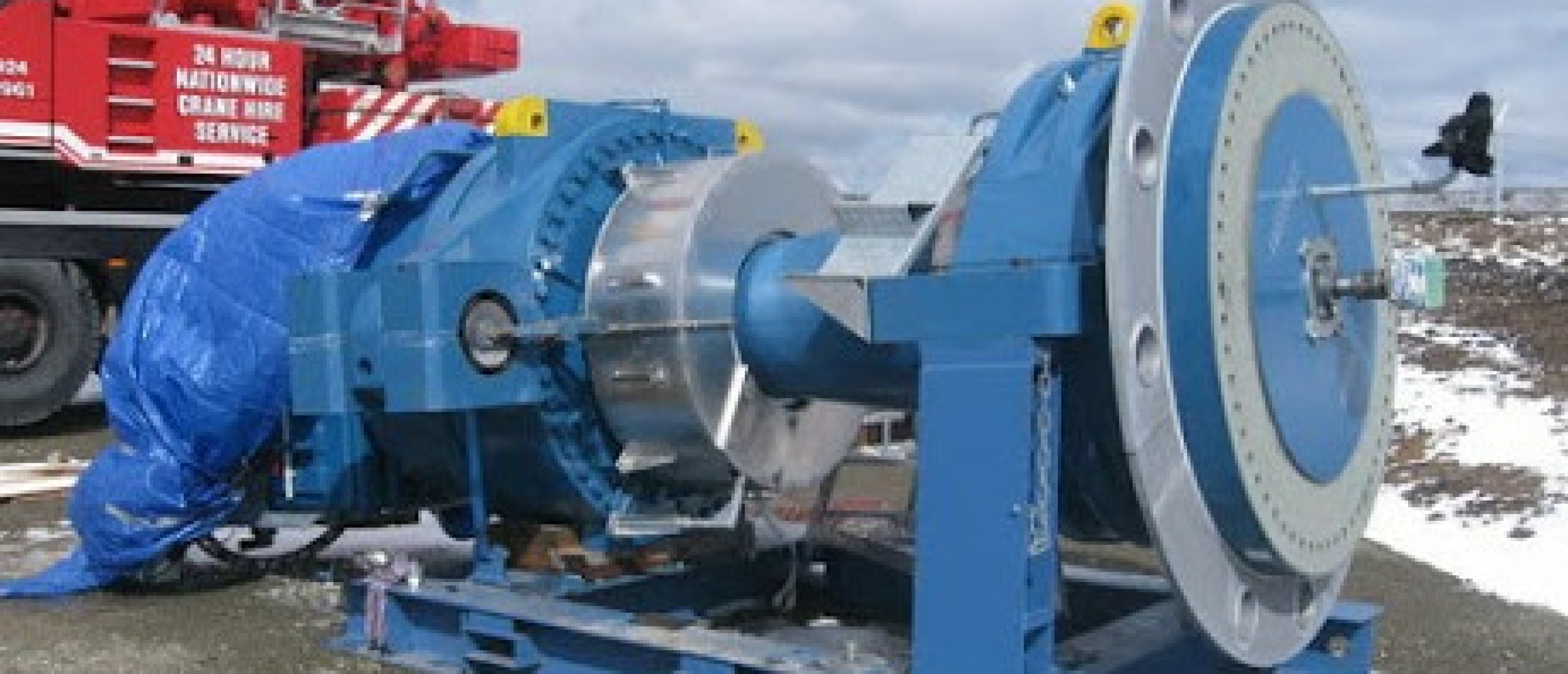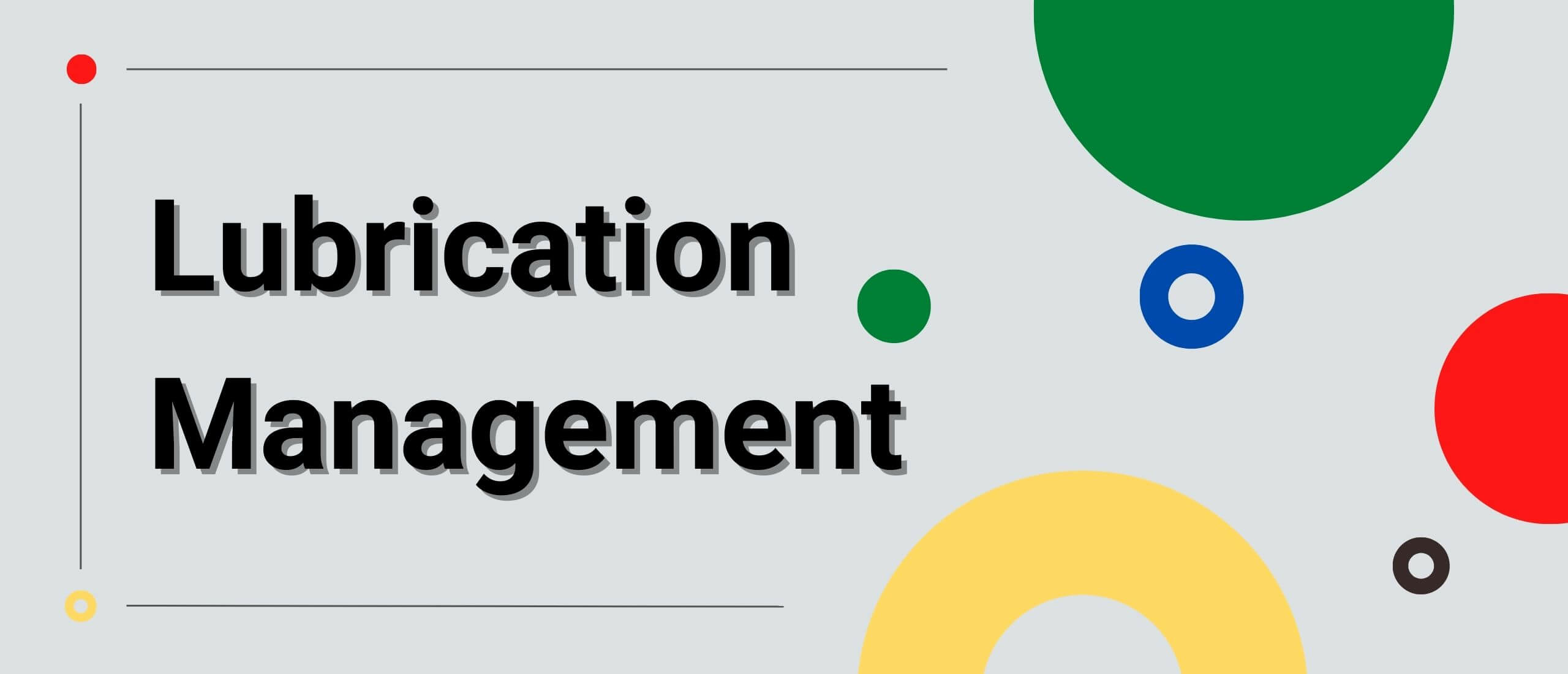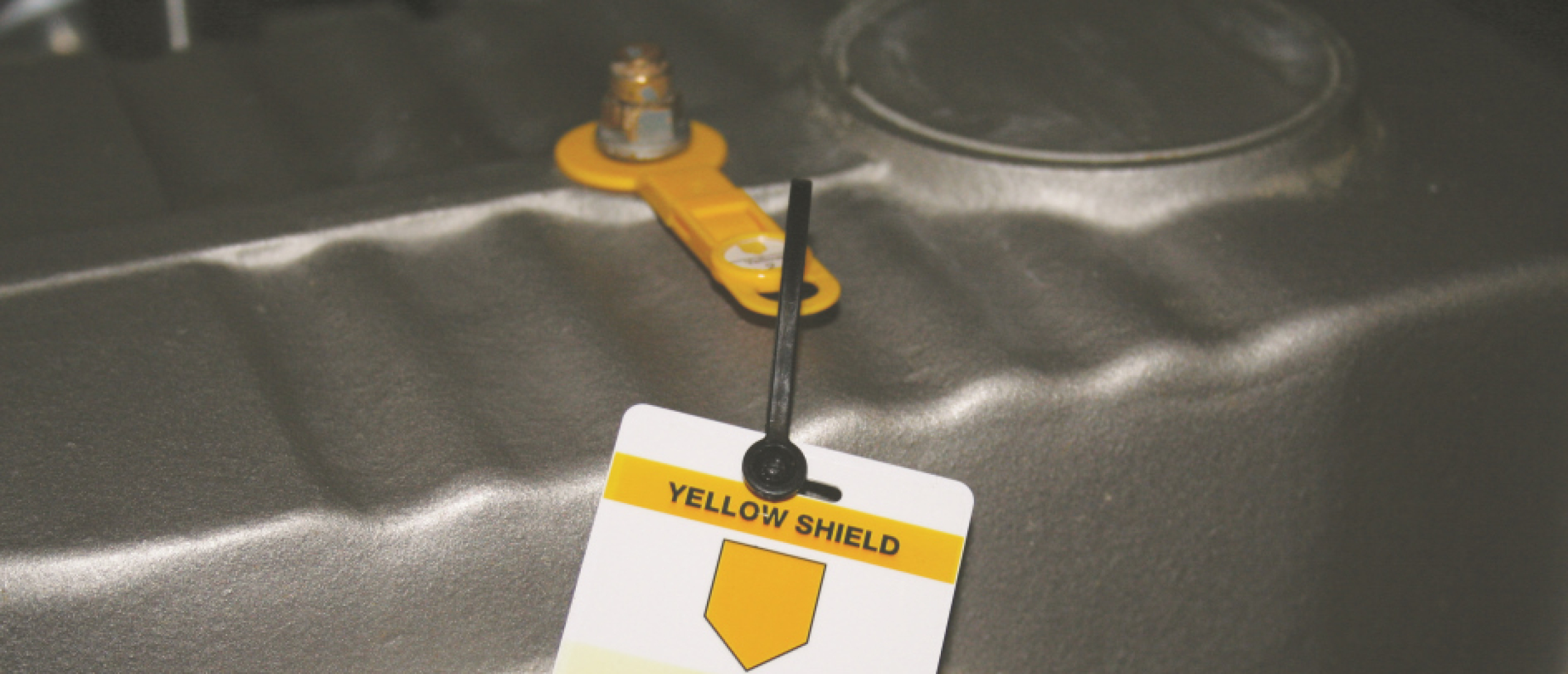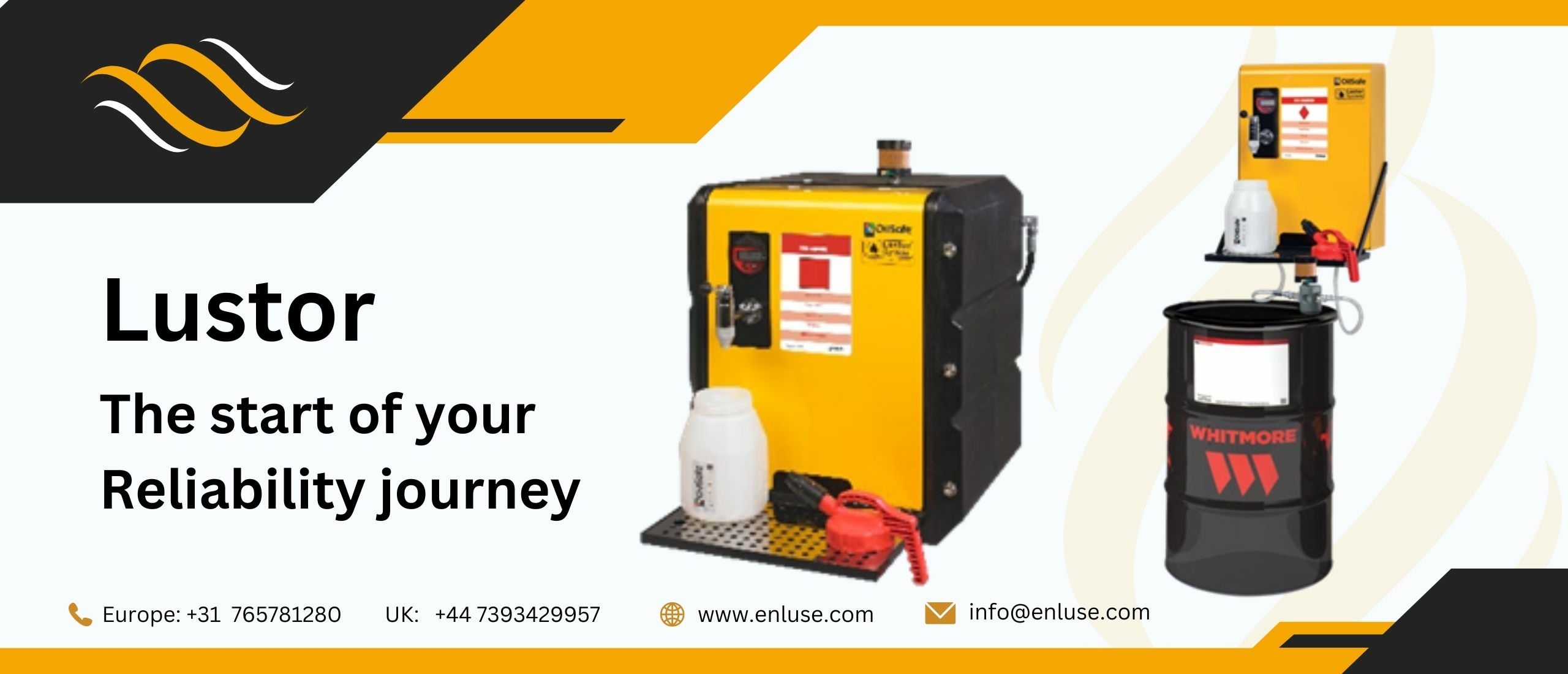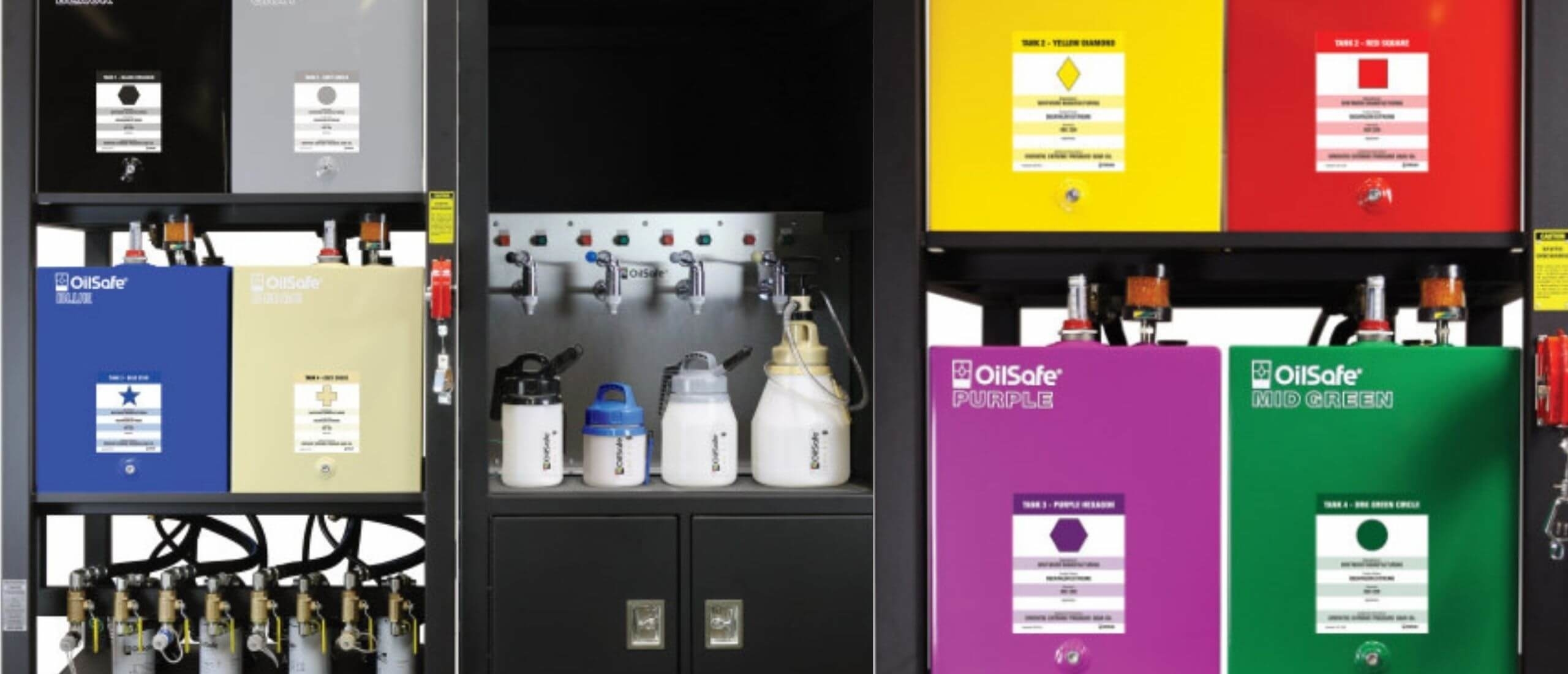
Lube Rooms - Clean Storing
Lube Rooms - a proper in-plant-storage
Protecting your lubricants and equipment from contamination and lubricant degradation, the start should be a proper in-plant storage. Correct storage and handling can lead to real savings. However, there is more to building a lube room than just cleaning up a space and installing oil dispensing and transferring devices. A lot of research need to be done.
Practice shows
Sometimes facilities house a great many different oils and from numerous different vendors. If this is the case there are a number of issues to consider:
- What types of lubricants are being used
- Consumption rate of lubricants
- Are there several lubricants being used that meet the same specification
- Are lubricants stored in an aggressive environment
- Are lubricants in use purchased in the appropriate quantities
- Could current replacement of product be more efficient
To help ensure lubricants stay in an optimal condition (quality not tainted by contamination or additive settling), one must determine how much lubricant should be stored at one time.
Determine:
- lubricant consumption rate.
- lubricant storage capacity.
- lubricant supplier turnaround time.
Once the consumption rate and storage capacity have been determined, one should decide what type of storage containers will be used.
It is important to conduct a lube survey before building a lube room
The survey will determine:
- the equipment needed,
- square meters required and
- an efficient inventory level for oils and greases by type in use.
Creating Database
The reduced list of lubricants/ vendors and the consolidation-audit report should provide information on use of the chosen products. The base for designing adequate operations:
- number of different lube products to be stored
- Anticipated usage amounts for each lubricant
- MSDS – Material Safety Data Sheets and staff training measurements.
- In-plant geography on where each lube is used (to determine economical lube routes and logistical requirements).
Tagging machines
Matching stored lubricants to the machines in which they are used should be a primary focus of your labeling system. We must be able to correctly identify lubricants in storage and also correctly identify their applications in the field. Therefore coloured-lube-identification-tags to be installed on equipment baseplates, denoting a specific type of oil/grease.
Lube Room Requirements
After above mentioned investigations you can start building and preparing the lube room. Be convinced to locate the most particle-free area while still being as close as possible to the receiving department for easy access.
A properly designed lube room must be:
- safe
- functional
- expandable and
- provide all necessary storage and handling requirements
Key features to consider when designing a lube room:
- the room should be free from dirt and particles and a constant temperature should be maintained
- visible landing area for new lubricants
- a limited access door (make the lube room key card access only)
- log all new lubricant deliveries;
- new oil should be filtered before use (filter carts or storage-units with built-in filtration and outfitted with desiccant breathers)
- to cut down on mistatkes, a colour-coding system will make clear which oils belong in which machines
- make filtration of stored lubricants easy;
- provide proper safety devices (eye wash station, fire extinguishers)
- there should be enough floor space for fire proof storage cabinets, to store grease guns, top-up containers, transfer pumps and valves, unused filters, absorbent materials and all other lubrication-related supplies;
- the items should be as close as possible to where they will be used
- to prevent cross-contamination transport drums should be labeled and colour-coded
- desk and computer to track inventory, sampling, filtration, receiving, etc.
- separate storage area to store bulk, drums, buckets, etc.
- painted/marked floor (slip resistant coating)
- shelf life and stock rotation principles (FIFO)
- Employ 5S’ principles (ensuring area is orderly and well maintained)
Summary on How to Store Lubricants in the Best Possible Way:
1. Choose a clean, dry and cool room to install the storage equipment
2. Apply Identification on all the lubricants
3. Only use Lubrication Reliability™ compliant storage equipment:
a. Proper tanks: protected from sunlight.
b. Dedicated lube pumping and filtering components: 1 per lube
c. Entry air protection equipment: desiccant breather
d. Closed loop filtering feature with properly designed filters
e. Additional features like oil levels, consumption metering etc.
4. Keep the lube room and equipment clean and tidy at all times to prevent potential contamination.
Lube Room Examples
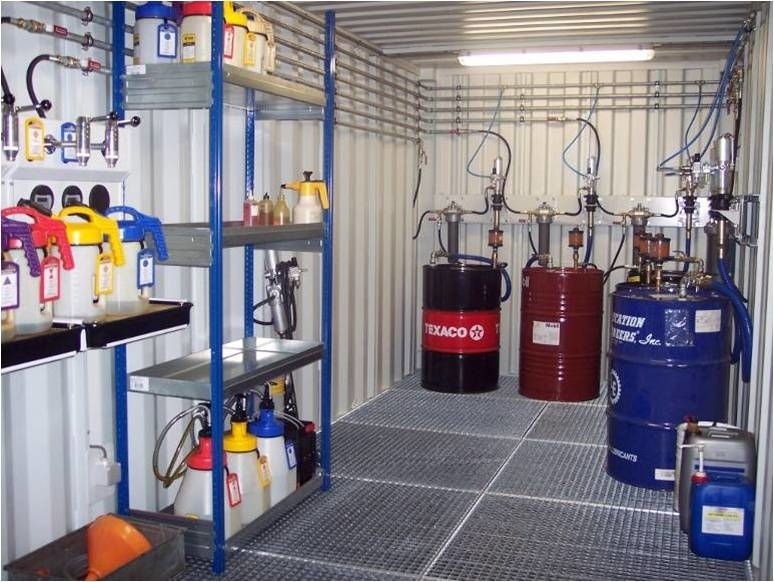
Lubristation Lube Room

Lubristation Lube Room
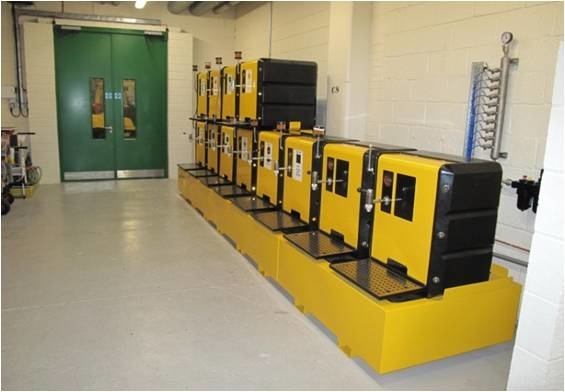
Lustor Lube Room
AN EXAMPLE OF: improved uptime, cost savings and safer conditions
To ensure that a plant with a 60 year history continues to meet the standards for quality and operational excellence, the company had to change its views on lubrication, as lubrication-related equipment failures were plaguing the mill. The reliability team began implementing multiple lubrication excellence programs, which have resulted in improved uptime, cost savings and safer conditions. To begin the process, the reliability team utilized industry experts to conduct a plant study and identify opportunities for improvement.
Inventory and Storage
The first course of action was to inventory what was in the plant. For one week, the facility held a rapid improvement event (RIE) and performed a lube scavenger hunt. Some of the findings, shown in Figure 1, included oils and greases stored everywhere and in all kinds of containers! As Figure 2 shows, the mill was using milk cartons as dispensing containers. The plant discarded 1,200 gallons of waste oil, 1,200 pounds of grease and 45 empty barrels, totes and kegs, and freed up 10,000 square feet of storage space. The effort also included compiling a list of lubricants needed, discarding what wasn’t needed and organizing lubricants into a central storage area.

Figure 1: Initial state of area with several various containers holding oils
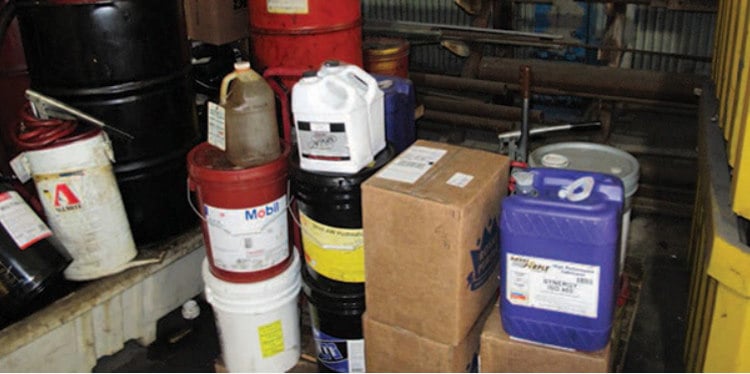
Figure 2: Milk cartons and other containers
The reliability team and industry experts saw a significant opportunity to improve storage and handling practices. The major challenge was the large assortment of suppliers and lubricants in totes, which resulted in excessive inventory levels. In the end, the plant moved from 50 different oils and greases and 10 vendors down to 19 lubricants and two suppliers.

Figure 3: New lube room
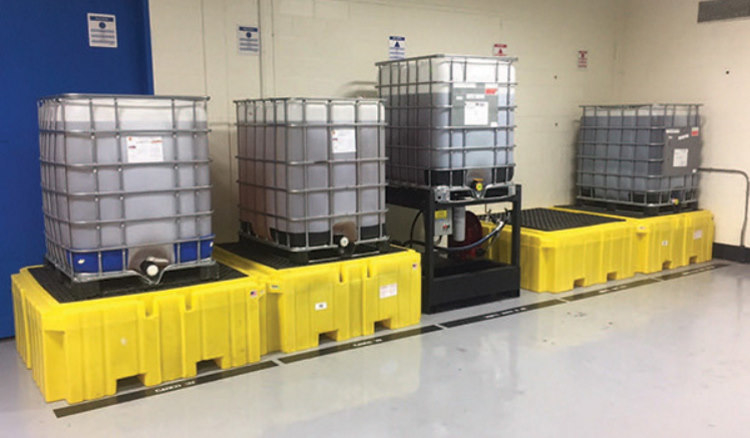
Figure 4: New lube room
Climate Control
In addition to organizing lubricants and improving inventory management, the development of a new lube room allows the facility to control its storage climate. Before, it stored some bulk lubricants outdoors in a covered area, which exposes these lubricants to moisture, debris and a broad range of temperatures throughout a central Indiana year. Small amounts of moisture and debris travel with the lubricant to machinery and is destructive in a lubrication system. To combat this, the plant implemented sealable refillable containers, bulk storage with filtration and filter carts to top-up lubricant reservoirs. In addition, to ensure the integrity of lubricants moving forward, a standard for filtration was set and aligned with ISO cleanliness codes on bulk storage.
"As part of the lubrication excellence program, efforts to reduce leaks resulted in a 75 percent decrease in one year"
Fork Truck Shop
Incorporated into the lube room is the fork truck shop. Filtered lubricants for engine oil changes, transmission oil changes, differentials and hydraulic system top-ups are piped to the truck shop through hose reels. This new routing eliminates the need for a mechanic to push barrels around or handle sealable refillable containers around the shop, which reduces the risk of injury.
Reducing Leaks
Hydraulic oils that leak into rolling oils in a cold rolling aluminum facility can cause significant problems. They can slow down running speed, impact metal quality and result in a costly coolant cleaning process. excellence program, efforts to reduce leaks resulted in a 75 percent decrease in one year. The primary action? A culture change – the reliability team helped all employees understand that leaks were no longer acceptable. Employees were encouraged to speak up when they saw a leak and a plan to address the leak was identified as soon as possible, either through unplanned work or through a planned outage.
Hydraulic Oil Management
In addition to reducing hydraulic oil leaks, the reliability team also developed a plan to maximize overall service life. Hydraulic oil service life increased by keeping it clean, cool and dry.
Housing the oils in the lube room was the first step. From there, the plant implemented operational checks of the hydraulic systems to alert the team when a filter required changing. Operational checks also alert the team when temperatures rise too high, which cause higher rates of oxidation and break down the oil.
New air cooled heat exchangers were installed to eliminate the possibility of water entering hydraulic systems. These air cooled systems are more efficient at maintaining proper oil temperatures because the facility’s water would foul the heat exchangers quickly. Desiccant breathers installed on the reservoirs also help to keep moisture out on days when the weather is hot and muggy.
The improvements in hydraulic oil service life resulted in significant cost reductions for hydraulic parts, like pumps, cylinders, valves, seal kits, etc. From 2015 to 2017, Novelis Terre Haute reduced these costs 65 percent.
Lubrication Task Management
Along with these changes to equipment and the storage process, the team conducted a lube point audit to build a lube point list. From the lube point list, it implemented a lubrication task routing tool to ensure that the plant’s lube technician had accountability for all lube points on a regular basis.
The program catalogs each lubrication point with a schedule, specific lubrication and the practices necessary for the task. This program allows the team to fine-tune the schedule using calculations that identify the proper amount and timing for grease applications. This ensures effective and efficient equipment lubrication. In fact, the plant saved significant costs in oil and grease expenses after implementing the program. The plant team continues to focus on lubrication excellence, driving towards reduced unplanned downtime and long-term operational excellence.
Credit: Whitmore
